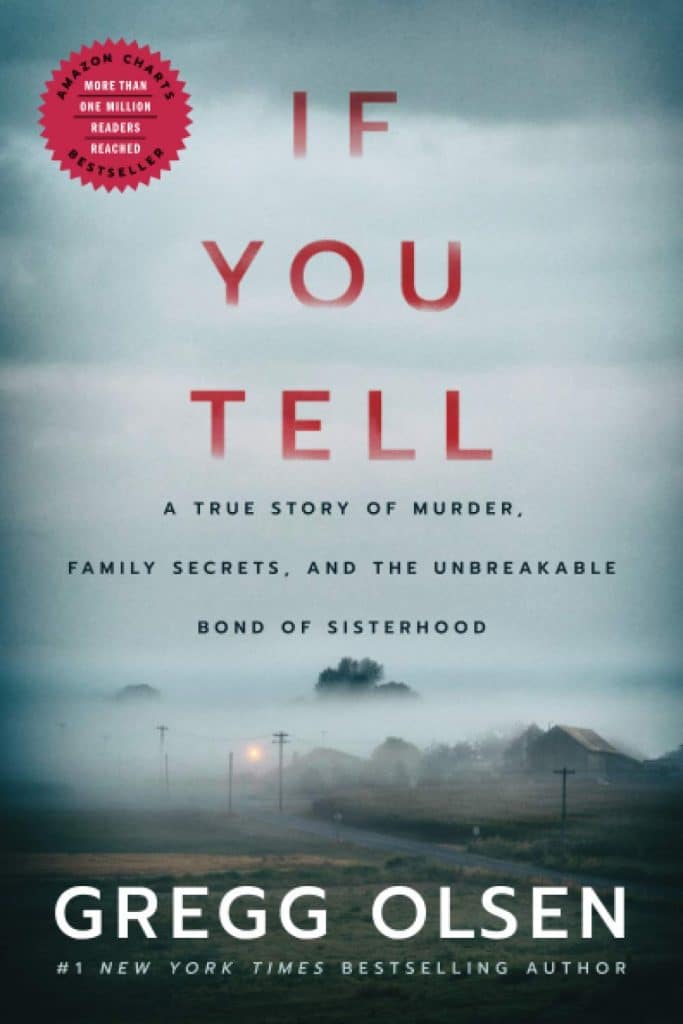In the dimly lit corners of society, where truths often remain obscured, lies a haunting portrait reflecting culture’s collective essence. Through its brushstrokes of intricacy and nuance, this portrayal unveils the hidden shadows that shape and define societal landscape, offering a sobering glimpse into the intricate tapestry of shared human experiences. The publication of A True Story of Murder, Family Secrets, and the Unbreakable Bond of Sisterhood by Gregg Olsen in 2019 serves as a stark reminder of the dark underbelly that exists within society.
Set against the backdrop of the real-life events experienced by three sisters who endured unimaginable abuse, the story reflects the disturbing realities that persist within culture. By carefully examining the events, characters, and topics explored in the book, individuals can gain valuable insights into the broader cultural landscape of the time and place.
Firstly, the harrowing experiences faced by the sisters shed light on the pervasive issue of domestic violence and its lasting impact on individuals and families. The book delves into the disturbing world of trauma and highlights the failure of the justice system to protect vulnerable individuals from abuse. As one character observes, “The book also mentions the failure of the justice system to protect individuals of society” (Quote 1). This portrayal serves as a reflection of the systemic flaws and challenges faced by society in addressing and combating domestic violence.
Additionally, the book touches upon themes of mental illness and addiction, offering a glimpse into the struggles faced by individuals within the broader social context. The character’s introspection on her mother’s behavior reveals the complexities of mental illness, as she writes,
“She wrote to her mom in her journal: ‘I know that sometimes it might seem like I don’t understand you or I just don’t want to, but that’s wrong'” (Olsen 222). This portrayal highlights the need for a greater understanding and support for those grappling with mental health issues and the societal responsibility to address these challenges.
Moreover, the story’s exploration of family dynamics and the unbreakable bond of sisterhood underscores the significance of human connections and resilience in the face of adversity. As the sisters come together to seek justice and support one another, their strength and determination shine through. One character reflects, “‘Sisters forever. Victims no more'” (Olsen 91). This depiction of the power of familial bonds is a testament to the enduring human spirit and the potential for healing and growth even in the darkest circumstances.
In examining the book’s events, characters, and themes, it becomes evident that the narrative goes beyond individual experiences and serves as a mirror reflecting the broader culture and society of its time. It unveils the haunting shadows that lurk within communities, calling for a collective acknowledgment and action. The book’s exploration of domestic violence, mental illness, and the strength of family bonds speaks to individuals’ societal challenges and prompts readers to reflect on the need for change and support systems.
In conclusion, A True Story of Murder, Family Secrets, and the Unbreakable Bond of Sisterhood, unveils the cultural reflections inherent in its narrative. Through the characters’ experiences and the issues they confront, the reader gains insight into the societal complexities surrounding domestic violence, mental health, and the power of familial connections. By shedding light on these issues, the book prompts readers to examine and address the dark corners of our society. It serves as a poignant reminder that understanding, empathy, and collective action are crucial in fostering a safer and more compassionate world for all.

